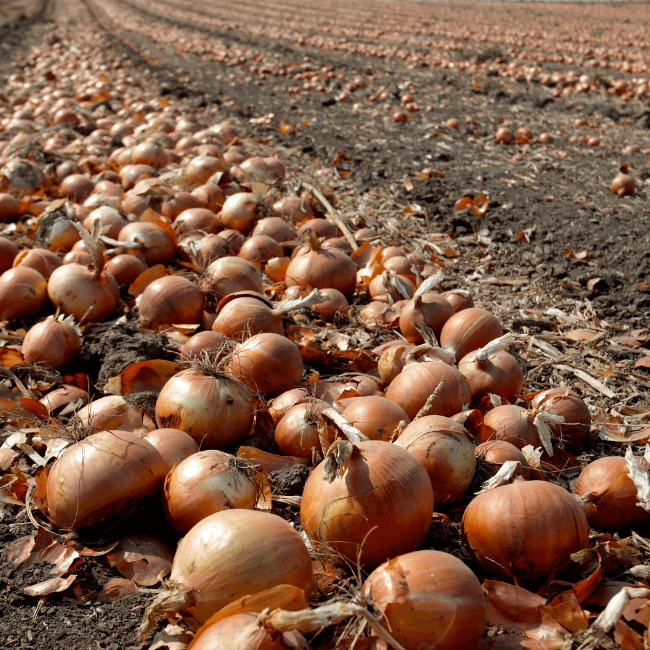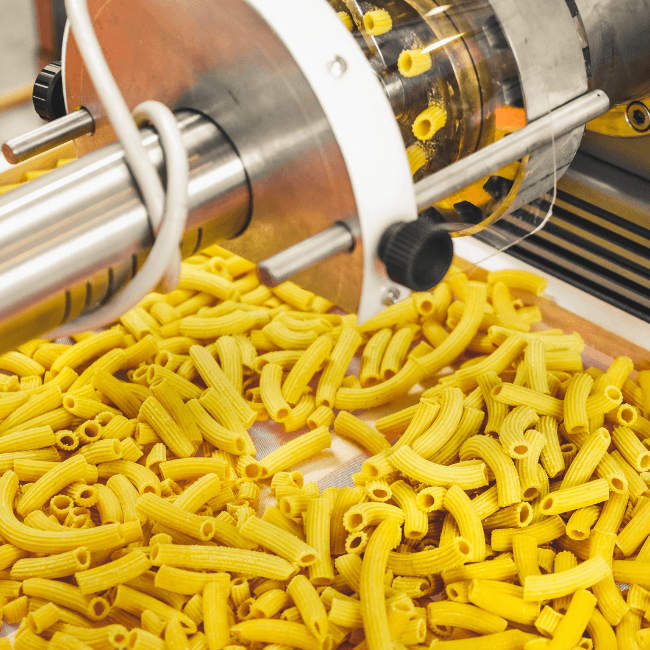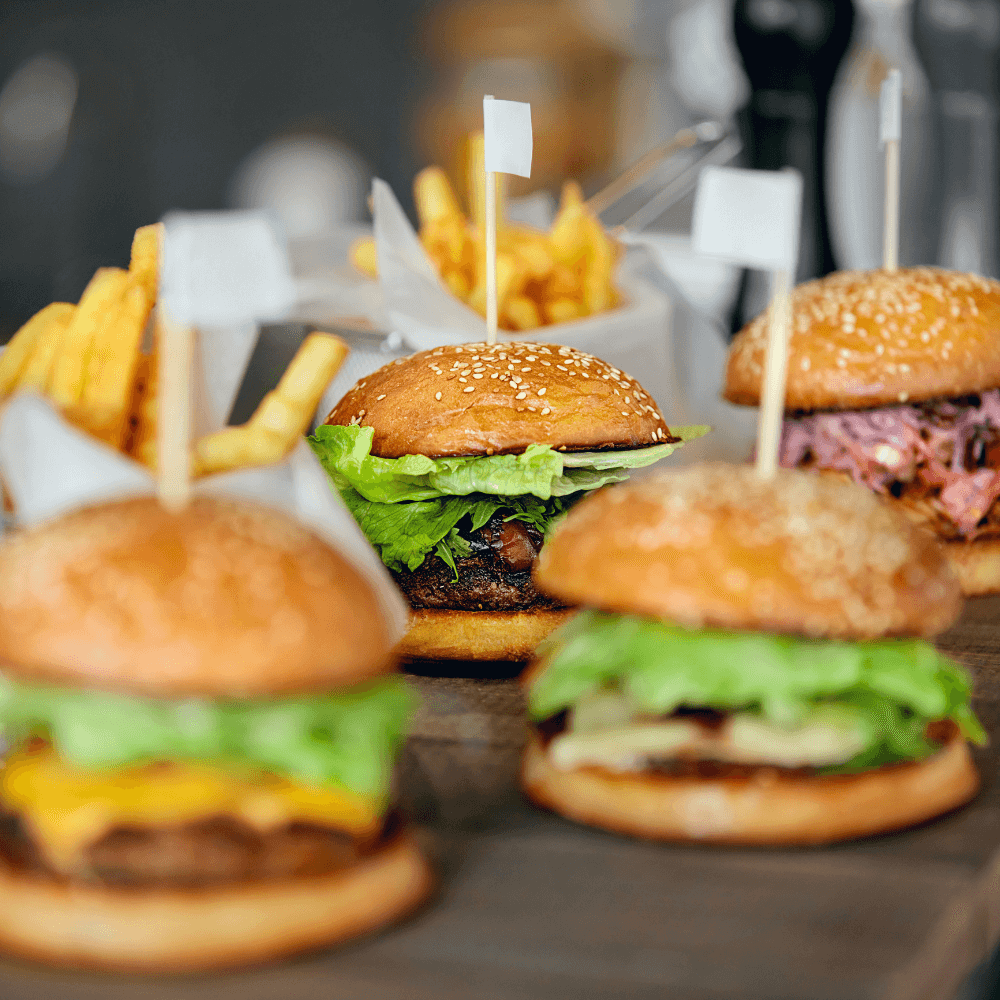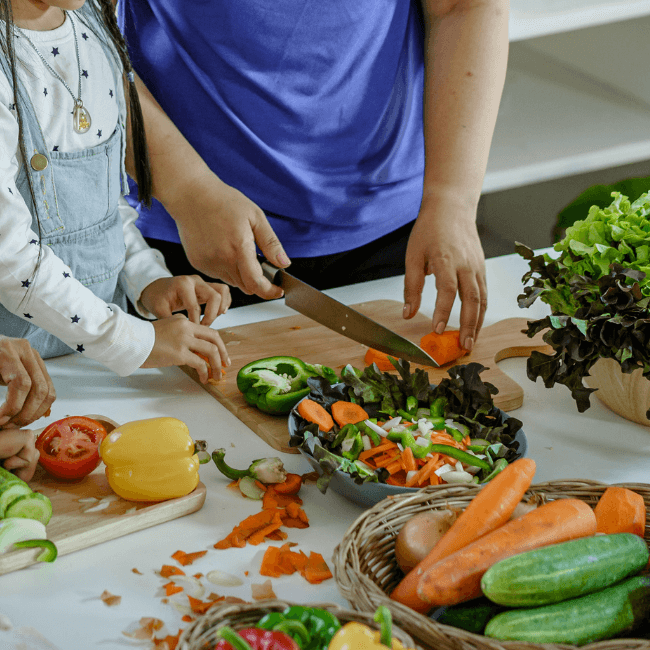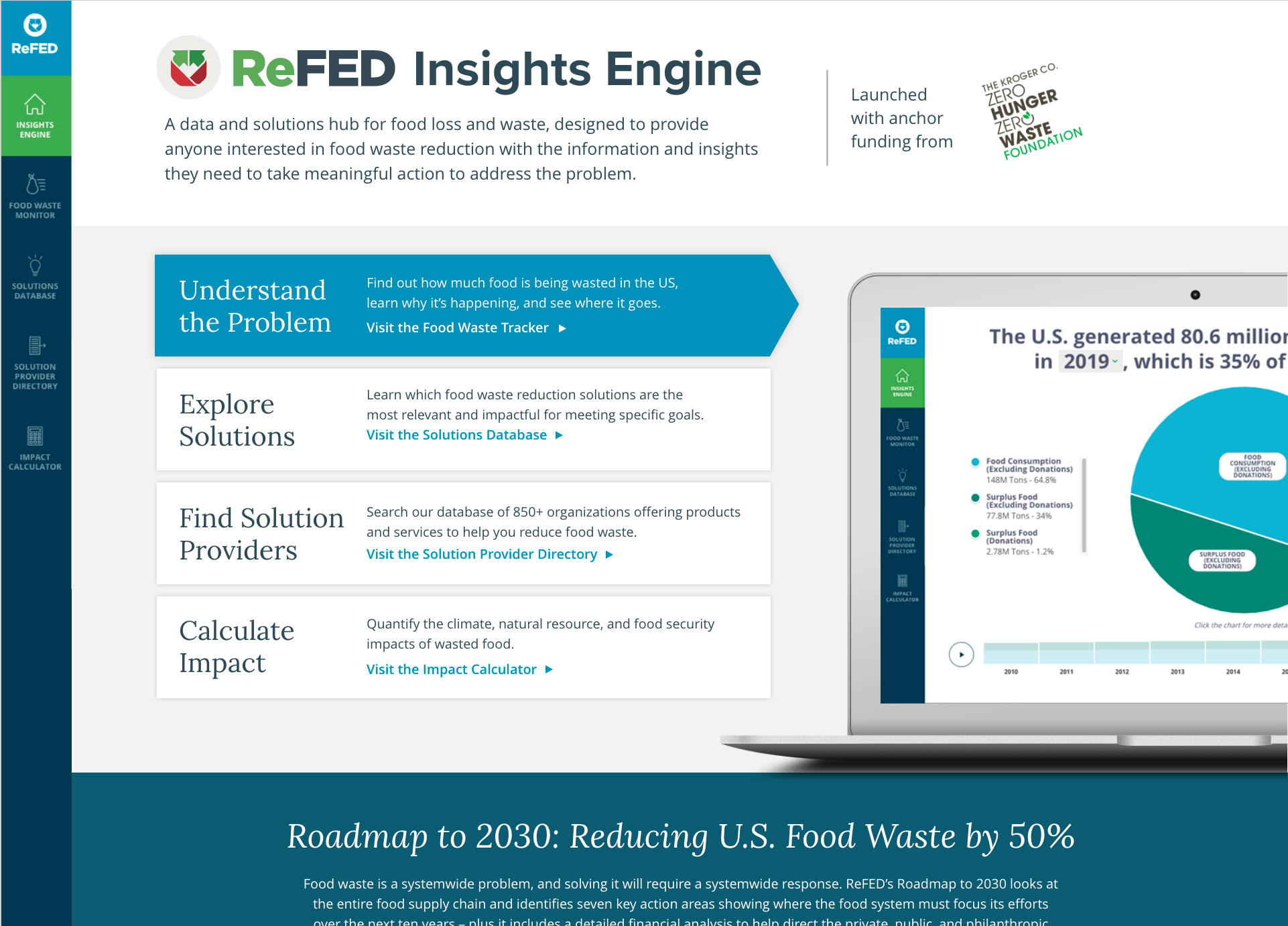What is Food Waste?
In line with the United States Environmental Protection Agency (EPA) and the United Nations’ definition, ReFED now defines “food waste” as uneaten food and inedible parts (e.g., peels, pits, bones) going to the following eight destinations: composting, anaerobic digestion, landfill, combustion, sewer, dumping, spread onto land, or not harvested. It’s a subset of “surplus food”—which ReFED defines as all food that goes unsold or unused by a business or that goes uneaten at home—including food and inedible parts that are donated, fed to animals, repurposed to produce other products, and all of the destinations represented in food waste. Some surplus food is inevitable, but the goal of food waste reduction efforts is not only to get food out of landfills. It’s also to make sure food is going to its “highest and best use”—that is, being eaten by people. This can be seen in guidance provided by the EPA in its Wasted Food Scale. Essentially, all of the resources required to produce, transport, store, and sell a truckload of strawberries have been better used when those strawberries are consumed by people rather than, for example, added to soil as compost—or worse, sent to landfill. The U.S. Government has set a 50% food waste reduction goal that aims to cut the amount of food waste in the retail, food service, and residential sectors in half, in line with United Nations Sustainable Development Goal 12.3.







